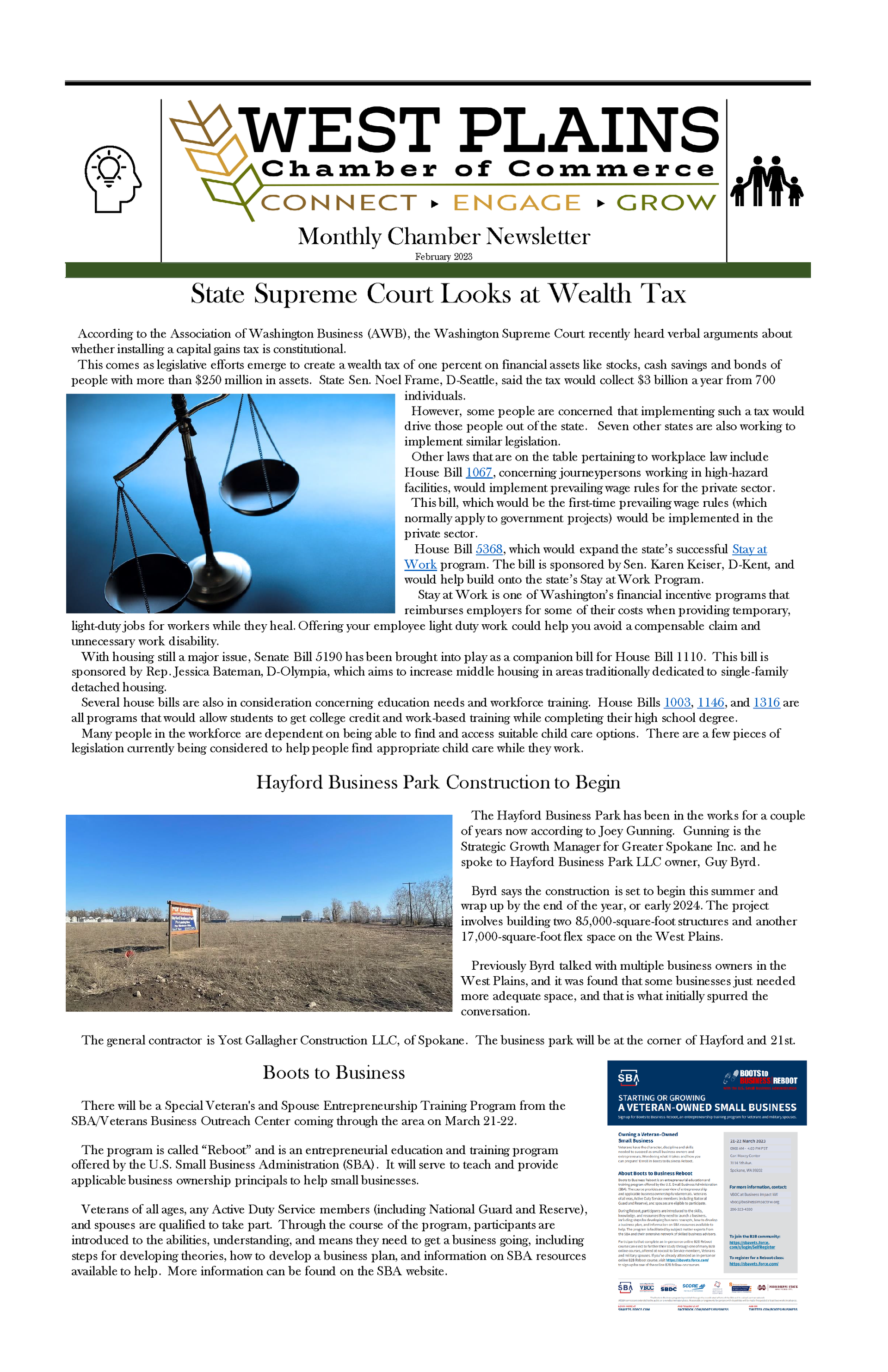How to Identify Your Inefficient Business Processes
A version of this article appeared on eidebailly.com

As your organization scales and changes over time, managing business processes becomes increasingly complex. Organizational leaders are often so busy keeping things running that there’s little time left to devote to reviewing processes. This lack of review essentially institutionalizes inefficiency and ensures that you will stay in a continuous cycle of wasting time and resources.
Whether your processes started out inefficient or you’ve just outgrown the old way of doing things, process improvement is vital to the continued growth and success of your organization.
Process improvement isn’t just for internal optimization—it’s also about making sure that you are providing quality products, customer experiences and vendor relations.
Identifying Inefficient Processes
The first (and simplest) way to evaluate your processes is by having a collaborative conversation. Gathering a cross-functional group of people in a room provides an opportunity to identify how processes really work and outline inefficiencies that you can immediately improve. For example, your operations department leaders may not realize that the finance department leaders use inventory reports to make strategic business decisions. It’s natural for information to become siloed, as teams are often so focused on keeping their pieces moving that they lose sight of how interconnected business processes really are. An open conversation can help form a big-picture view and allow teams to deliver shared information in a faster, more cohesive way.
Reviewing Digital Business Processes
There is a misconception that technology and automation are a quick fix for streamlining processes. However, your digital processes can have just as many bottlenecks and redundancies as your person-driven processes. People and technology cannot stand alone; you can’t talk about one without talking about the other. It’s important to analyze how technology is used to support your key business processes and whether or not your organization’s IT environment is meeting strategic needs. Start thinking from an improvement mindset by focusing on these four key areas:
• Business Applications: Review the use of current business applications, including their functionality and the level of adoption. Are there opportunities in which technology can be used more effectively to support your organization’s key business processes?
• IT Operations & Infrastructure: In today’s business landscape, your IT health is mission-critical. Conduct a thorough review of IT support processes, system operations and maintenance to ensure you have the appropriate foundation in place to power your critical business systems:
• Security: The threat of a security breach has never been stronger. That’s why it’s vital that your organization maintains a secure IT infrastructure. Do you feel confident that your business data is secure? Does it make sense for your organization to explore security as a service?
• Data: In the modern digital economy, most organizations are collecting massive amounts of data and are struggling to develop effective solutions for turning data into “intelligence” for operational decision making. It’s important to review the quality and accessibility of your data and how you can use it to make better business decisions.
o Data Governance: Evaluating the quality, management and availability of data required
Identifying Inefficient Business Processes
Once you’ve evaluated your general applications, operations, data and security, you can dive even deeper by asking yourself the following questions to identify inefficient business processes and explore additional technology solutions to streamline them:
• Do you use multiple systems to track your projects, accounting, inventory and financial reports? Do these systems talk to one another?
• Are there manual processes performed outside of those systems for tracking or reporting? How are they managed, how often are they updated, and how many team members are involved?
• Is there an overlap or duplication of efforts to track these processes across roles, teams, departments or locations?
• Are you able to actually see the data you need in real-time?
• How often do you use your financial reporting? How long does it take to get the final product? Better yet, can you trust the numbers being reported?
• Does your technology have the ability to scale as your business changes?
Next Steps
Once you’ve identified your inefficiencies, the first step to process improvement is change management. Whether you’re restructuring your teams, replacing outdated systems, upgrading your IT environment to stay compliant, or even implementing a whole new technology stack to address your evolving needs, the digital demand on your business is felt most acutely by your people. Studies suggest that less than half of organizational change initiatives are successful, so as your business shifts and responds to the market, you need to keep your people at the top of your change management.
And always remember, your people, processes and technology each play a vital role in your success. Remove one and your project is no longer capturing the full scope of your business. It’s like a tripod with a missing leg; you’ll never capture a balanced, complete picture without all three.
To learn more about optimizing your efficiency, visit eidebailly.com.










